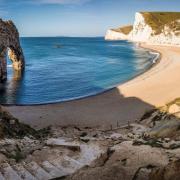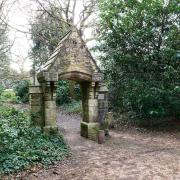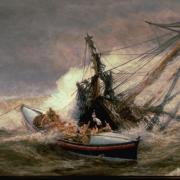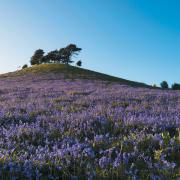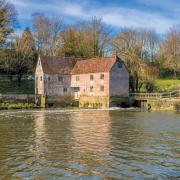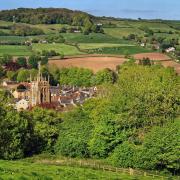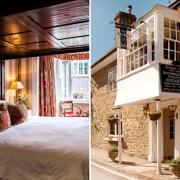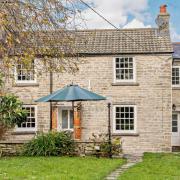Sturminster Newton...past
Late Victorian Sturminster Newton was both peaceful rural backwater and, at the busy Monday livestock market, ‘Stur’ the bustling provincial capital of the Blackmore Vale. The cottage industries such as button and cloth-making that had traditionally sustained the town’s economy had fallen victim to mechanisation, leaving it reliant on its role as an agricultural hub.
The arrival of the railway in 1863 transformed Stur’s fortunes, enabling it to the ride out the worst of the agricultural depression. An 1895 directory lists 30 farmers within the parish, whose small dairy herds grazed the well-watered clays of the Blackmore Vale, Hardy’s ‘Vale of the Little Dairies’. The railway was their saviour, opening up a new market for liquid milk, to London and Bournemouth, and ultimately into the creamery that opened in the town shortly before the First World War. A by-product was surplus calves, and by the start of the 20th century Sturminster calf market was the largest in Britain.
At the fortnightly Monday market, horses and ponies for sale were tethered at one end of the Market Place, sheep were in pens on the Bath Road, whilst the rest of the Market Place was given over to literally hundreds of cows and calves tied to posts and railings. In 1906, the market moved to a new site near the railway where it continued until June 30, 1997 when shut for good.
There was also a more genteel side to the town. In 1901 it had a population of under 2,000, most of whom occupied the brick and rubble houses lining the narrow streets in the shadow of the church, ‘Stur Minster’. The town’s principal shops included: three grocers, four drapers, six tailors, Frederick Holmes the hairdresser and Arthur Hallet, famous for his longcase clocks. Here too, was the office of Arthur Creech, agent and steward to the Pitt-Rivers family, whose 29,000-acre estate included much of Sturminster Newton. At the bottom of Bridge Street, a line of white posts marked the causeway and crossing over the Stour. Beyond the stone arches of Town Bridge lay the Bull Inn, the cemetery and chapels. A little to the west, on the road to Sherborne, stood the Red Lion, and Newton’s farm, mill and cluster of elegant Georgian houses.

Sturminster Newton...present
The Exchange: A new cultural and community hub, The Exchange, opened on the former livestock market site in 2007. Sturminster Newton Amateur Dramatic Society’s panto Red Riding Hood is there this month. stur-exchange.co.uk
Cheese Fest: Started in 1999, the award-winning Sturminster Newton Cheese Festival, held on the first weekend in September, celebrates the town’s dairy heritage. It is one of Dorset’s most popular food events. cheesefestival.co.uk
Literary Roots: Renowned writers connected to Stur, Thomas Hardy, William Barnes and Robert Young, inspired the creation of the Sturminster Newton Literary Festival. Held in June, it features authors with Dorset connections. sturlitfest.com




